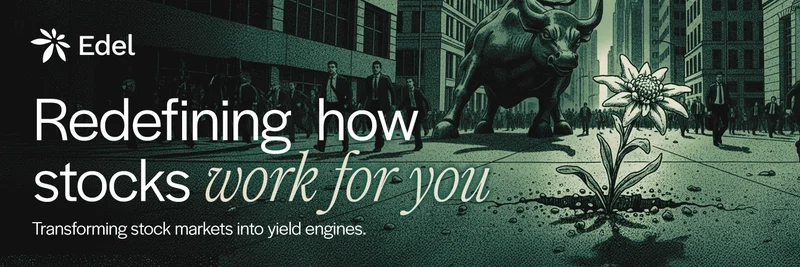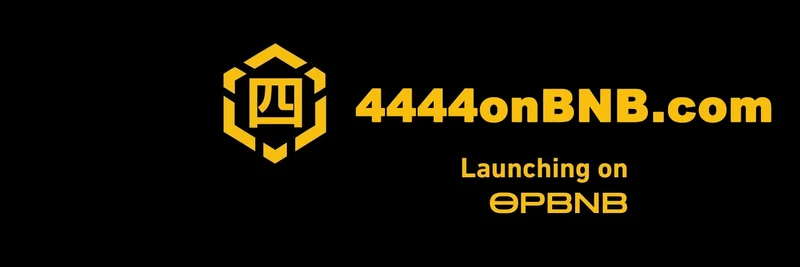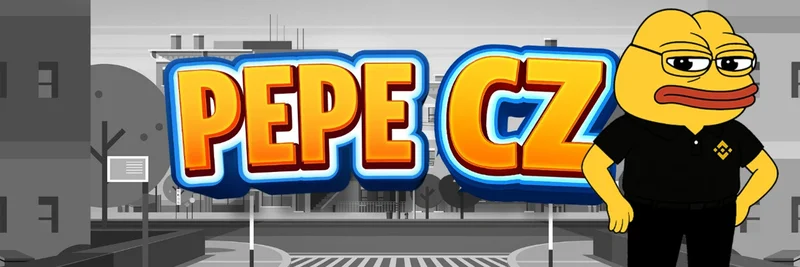Hey there, crypto enthusiasts! If you’ve been keeping an eye on the latest buzz on X, you might have stumbled across a thought-provoking post by Nick White (@nickwh8te) from August 8, 2025. In this tweet, Nick drops a gem of wisdom: to build a sustainable business in the crypto world, you need to either own the users or the developers. Let’s break this down and explore what it means for the future of cryptocurrency, especially in 2025.
Why Users and Developers Are Key
Nick’s idea hinges on the fact that the crypto space is all about community and innovation. Users are the lifeblood of any crypto project—they’re the ones trading, staking, or using decentralized apps (dApps). Meanwhile, developers are the brains behind the tech, building the frameworks and layers that keep everything running smoothly. Owning either group gives you a competitive edge in this fast-evolving industry.
For users, think of popular wallets like MetaMask or interfaces like Uniswap. These platforms attract crowds because they’re user-friendly and trusted. On the developer side, frameworks like rollups (more on that below) and Layer 1 blockchains (like Ethereum) draw talented coders who want to create cutting-edge solutions. By “owning” these groups—meaning building loyalty or providing unique value—you can create a stable foundation for your crypto venture.
Users: The Heart of Crypto Apps
Let’s start with users. In the crypto world, applications, wallets, and interfaces are where the action happens. A great example is how Kraken and Nexo have built strong user bases with referral programs and reliable services. According to a Medium article from 2023, successful user acquisition relies on creating valuable content, fostering trust, and leveraging word-of-mouth marketing. In 2025, with the market maturing, platforms that prioritize user experience will likely dominate. Imagine a meme token project that gamifies trading—users would flock to it, making it a sustainable business model!
Developers: The Backbone of Innovation
Now, let’s talk developers. Nick mentions rollup frameworks and Layer 1s (L1s) as hubs for developer activity. Rollups are like superchargers for blockchains—they process transactions off-chain to reduce congestion on the main network (like Ethereum’s Layer 1) while still relying on it for security. A Zeeve.io guide from 2024 highlights how frameworks like ZkStack and Arbitrum Orbit are attracting developers by offering scalability and speed. If a crypto business can become the go-to place for developers to build on these frameworks, it could lock in a loyal community of innovators—key to long-term success.
Sustainability in Crypto: A Bigger Picture
Nick’s advice also ties into the broader conversation about sustainability in crypto. A S&P Global report from 2024 suggests that applying an Environmental, Social, and Governance (ESG) framework can help crypto businesses thrive. For instance, owning users through eco-friendly dApps or attracting developers to build sustainable rollups could align with global sustainability goals. In 2025, as regulations tighten and investors demand accountability, this approach could be a game-changer.
What This Means for Meme Tokens
At Meme Insider, we’re all about meme tokens, and Nick’s insight is super relevant here. Meme token projects often rely on passionate user communities (think Dogecoin or Shiba Inu). To make these projects sustainable, creators could focus on building user-friendly platforms or partnering with developers to integrate meme tokens into rollup networks. Imagine a meme token that runs on a fast, low-cost Layer 2—suddenly, it’s not just a joke but a viable business!
Final Thoughts
Nick White’s tweet is a wake-up call for anyone in the crypto space. Whether you’re targeting users with killer apps or developers with innovative frameworks, the key is ownership through value. As we move through 2025, keeping an eye on user trends and developer ecosystems will be crucial. What do you think—will your favorite crypto project own its users or developers? Drop your thoughts in the comments, and let’s keep the conversation going!




